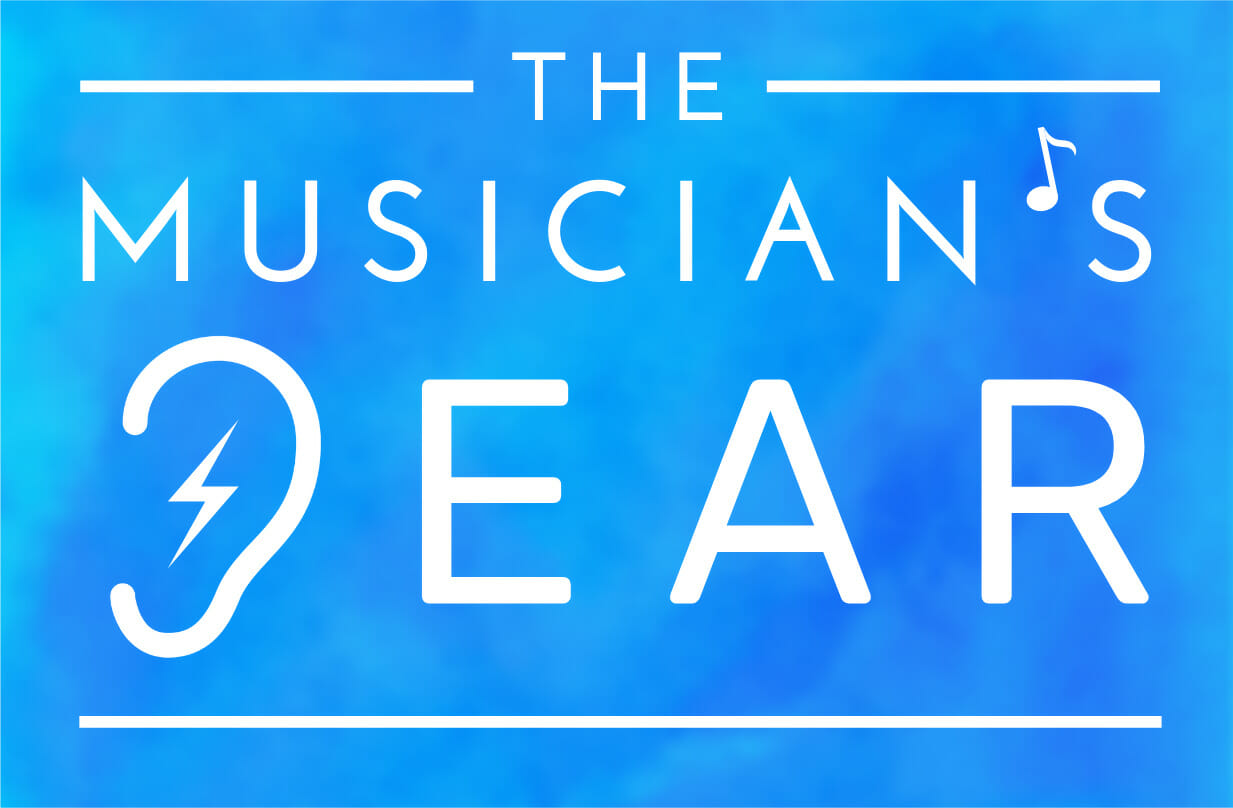Try This Now!
In this short exercise, you’re going to start waking up your ears and experience for yourself what learning “active listening” could unlock for you, in all the music you hear and play.
Step 1
First, listen to this short clip (it might be helpful to have some good headphones):
What did you notice?
Maybe you observed something like “it was a slow rock groove, that had some drums and guitars, and faded out at the end”.
Step 2
Now we’re going to listen again, but ask a few questions. Please note that the answers below are suggested answers – you may come up with something else, or not yet hear everything. The important thing with active listening is that you are listening with a question in mind.
The point of this exercise is not getting the “right” answers. It is to stimulate this simple mindset shift, which alone will create a much deeper listening experience.
Question: What instruments do you hear?
Answer for yourself, then click below to compare with a suggested answer:
Show suggested answer
Question: Listen again, and this time ask, “Where there are shifts, where things seem to change to form a new section in the music? What do you notice about the length of these sections? How many of them are there?”
(Hint: the second section begins at [0:16])
Show suggested answer
Question: What changes between the second and third sections [0:32]? What stays the same?
Show suggested answer
To sum it all up:
First, we listened for instruments, which is one of the easier things to identify in a piece of music. You don’t even have to know what the instruments are, just identifying their sounds (timbres or tone colors) and their musical roles.
Then we listened for changes in the instrumentation and how these changes mark sections in the music, indicating musical form and structure.
Lastly, we listened more specifically to different rhythmic, melodic, and harmonic dimensions and how they shifted and how they stayed the same between the different musical sections.
And all this without a lick of music theory or ear training!
What’s next?
After doing this exercise, more questions may be coming to your mind. What happens between the first and second sections or the third and fourth? What is that unusual sound in the drums? What is similar about all the sections that holds this together, even though the instruments are doing different things?
Active listening can easily be done by simply listening with a question in mind.
This opens up our listening experience to a wealth of musical riches, information, and enjoyment to both deepen our own experience of the music we love, and offer many ideas and opportunities for our own musical creation.
With a simple shift of perspective, a simple question in mind, you are listening actively, and…
You are starting to understand music more deeply!

